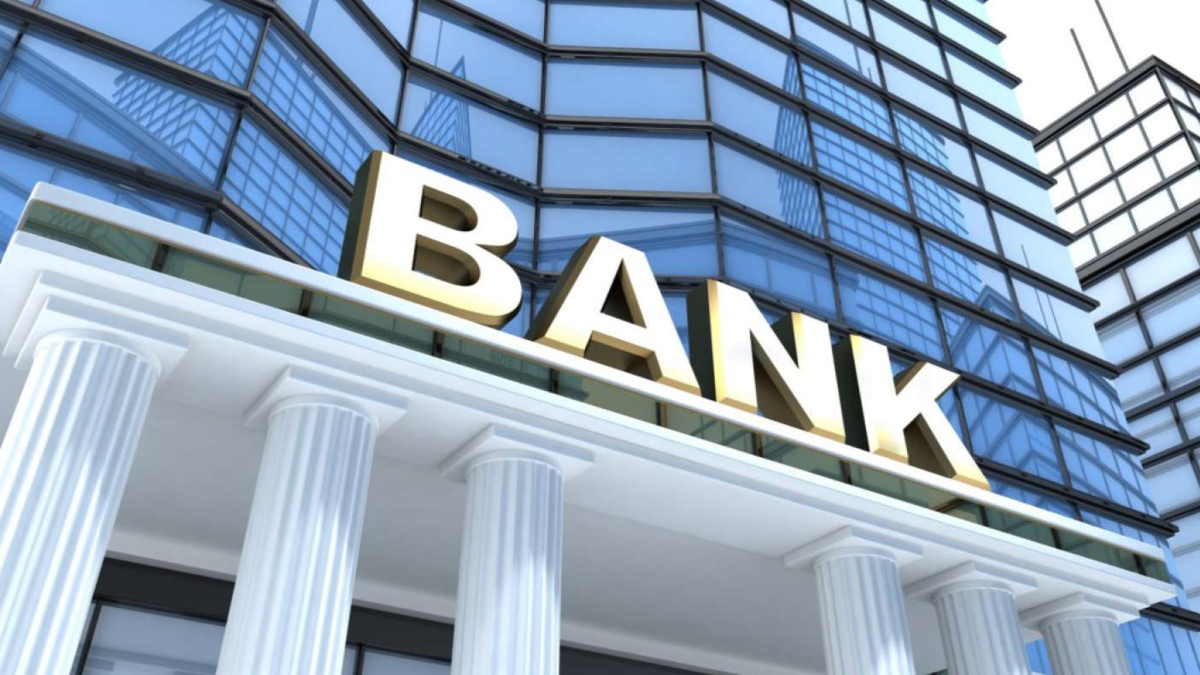
INTRODUCTION
A bad bank is generally a financial entity set up to buy a non-performing asset (NPAs) or bad loan from the bank which eases the burden of the bank in its core functioning, also known as ARC (Asset Reconstruction Company). After acquiring a bad loan from the bank, a bad bank commissions some amount to the bank, and the rest may share with the investor who is interested to purchase. The idea of the bad bank was pioneered in the US in 1988 by the Mellon bank which was further fostered amid the financial crisis of 2007-08. The bank transferred $1billion of its bad loans to a newly created subsidiary and the subsidiary was resolved in 1995 after meeting all its objectives. However other experiments in Indonesia and Japan have shown that the government might have to do some hand-holding.
Initially, the idea of the bad bank in India was floated in January 2017 when the economic survey of India proposed the introduction of PARA (Public Sector Asset Rehabilitation Agency) and the central bank also suggested forming entities PAMC (Private Asset Management Company) and NAMC (National Asset Management Company) in tackling the problem of bad loan concerning the public sector bank.
On 1st February, FM minister Nirmala Sitharaman revived the idea of a bad bank in India in her budget proposing to set up an asset reconstruction company to tackle the increasing hazard of bad loans in the banking sector. COVID-19 has further impacted the asset quality of Banks and this proposal can act as a potential catalyst that the sector badly needs and IBA (Indian Bank Association) also endorsed the FM Nirmala Sitharaman’s idea of creation of ‘bad bank’ during the pandemic when the banking sector was expecting a hike in bad debts.
WORSENING OF ASSET QUALITY
The issue of bad loans is a perpetual one in the Indian banking sector which has been worsened by the impact of COVID-induced measures on the economy. According to the figures by the Reserve Bank of India the size of the bad loan in the Indian banks was around 9 lakh crores as of March 31, 2020, which in contrast to the figure of two years ago, the size of the bad loan was decreased significantly because of the larger write-offs by Indian to the bad bank. Furthermore, due to the lockdown, the non-performing asset of the bank as per the Financial Stability Report of RBI 2021 is going to rise sharply from 7.5% of gross advances in September 2020 to at least 31.5% of gross advances in September 2021 under the baseline scenario which indicates a need to take more proactive steps to ameliorate the deteriorating assets crisis.
Last year, IBA presented a proposal for the establishment of a composite or hybrid type of bad bank comprising stake from government and bank in dealing with the issue of a non-performing asset but the same was rejected by the government which prefers the market-oriented process but now due to the lockdown Indian banks are vouching for the concept of the bad bank to tackle the rising crisis of NPAs.
RATIONALIZING THE NEED
The issue of bad loans is prevalent in the Indian banking sector especially triggered to rise during the lockdown. The setting up of the bad bank entity comprising the experts dealing with non-performing assets can help in countering the problem of bad loans by creating a single entity to deal with the matters which will ease the burden of the banks. Besides this, it helps in cleaning the balance sheet of the bank and making them financially healthy, and aids them in focusing more on their core function of lending, and also have a positive impact on the bank history
Two important instruments currently in use for dealing with NPAs are the SARFAESI Act 2002 and the IBC 2016, both of which provide a framework for various stakeholders to deal with such assets. The SARFAESI Act was enacted by the parliament after the recommendations of the Umerjeee Committee for countering the rising NPAs and improving the financial health of the banks but now in these extraordinary circumstances during the pandemic, there is a need to amend the act as recently on April 2021, the Monetary Policy Committee of RBI constituted a committee to review the working of the ARCs and pointed out that the true potential of the ARCs is yet not realized and which is not sufficient enough to counter the deteriorating financial health amid the pandemic in the Indian banking sector. So, the committee should not turn a blind eye on a bad bank which is a viable option amid a pandemic to counter a sharp rise in NPAs.
However, the mere transfer of bad assets from one entity to another will not resolve the perennial problem of NPA’s. This requires long-term reforms in the Banking industry, especially in the public sector banks. This may also lead to the creation of a moral hazard as it enables banks to continue their current reckless lending practices and might hamper accountability within the system. The ARC might also have to be further financed by the government which will further create pressure on the government treasury.
CONCLUSION
While COVID continues to threaten the financial growth of developing countries like India, this is perhaps the opportune time for a hard reset on certain corporate practices. The idea of Bad Banks provides the government, the banking sector, and the business community a way out in these tumultuous times. However, the measure must be backed by reforming the sector and bringing more accountability and transparency. The structure and financing of such an entity remain unclear and both the public and the government must proceed with caution. The creation of a Bad Bank opens up more questions for the banking industry as bankruptcy cases rise and new bad assets are discovered, and it is important to remember the fundamentals while applying this much-needed idea.